So, You’re Getting Invisalign…
Whether braces weren’t an option when you were younger or you’ve always had that one crooked tooth that you wish would get in line, Invisalign is a fantastic and subtle option to get that perfectly straight smile you’ve always dreamed of. Check out the steps we’ve outlined below to learn more about how it works and to decide if it’s the right option for you.
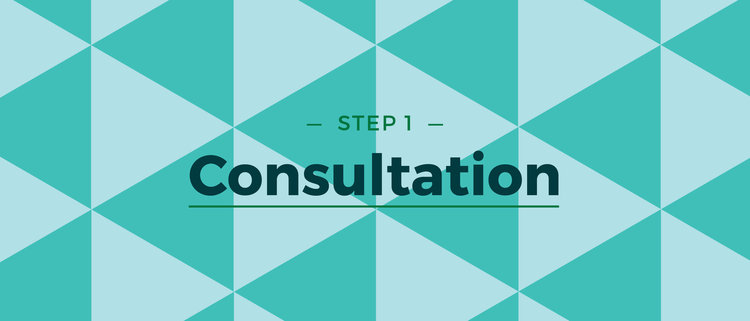
This is your chance to ask your dentist any questions you have about Invisalign and how it will fit into your existing oral health routine and lifestyle.
Come prepared with questions like: How much will it cost? Will my insurance cover it? Are the retainers painful to wear? How long will I need to wear my retainers and how many retainers am I likely to go through?
The more informed you are before proceeding to the next step, the better!
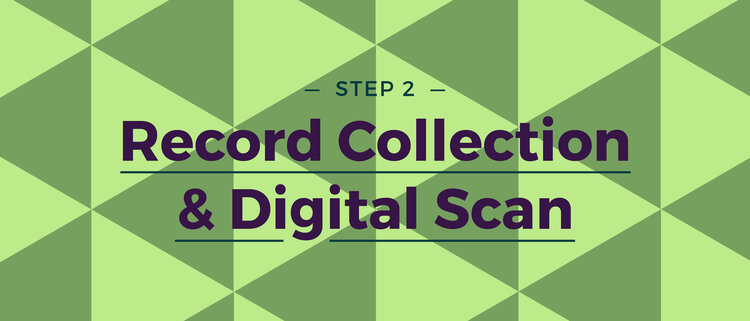
Once you’ve committed to Invisalign, the process will move forward fairly quickly. Your dentist will need to get an accurate and thorough scan of your teeth so they can create your individualized Invisalign trays. Your mouth will be X-rayed, photographed, and given a 3D scan (and fear not: it’s a totally mess-free process as no impressions need to be taken).
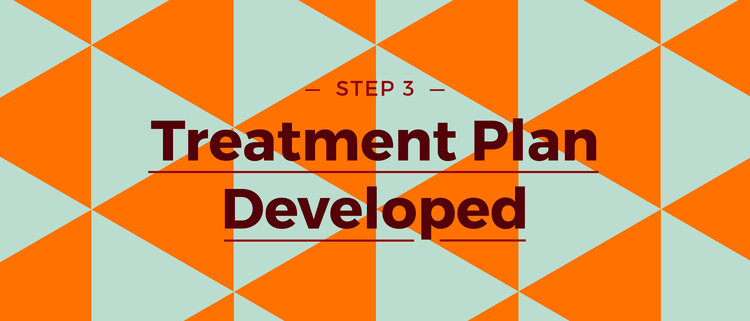
This is one of the most exciting and unique parts of the Invisalign process. Your dentist will come up with a completely individualized treatment plan for you based on your X-rays, photographs and scans. This includes both the length of treatment and the number of retainers (also called trays) that you will wear.
Your dentist may also decide that attachments (or ‘buttons’) are a necessary part of your treatment. Attachments are small, clear grips attached to the surface of some of your teeth to help keep the retainers anchored in place properly.
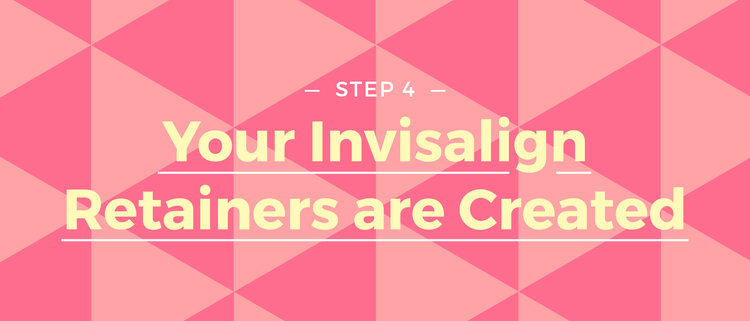
Once you and your dentist have agreed on your treatment plan, your dentist will have all of the retainers you will need throughout the process created. If attachments are part of your treatment plan, your dentist will likely schedule an appointment with you to apply them prior to picking up and wearing your retainers.
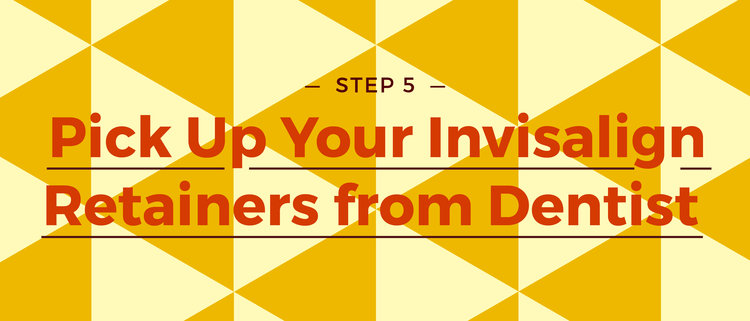
The big day is finally here and your journey to the straight smile you’ve always dreamed of is about to begin! Your dentist will run through the process of putting the retainers in as well as any maintenance do’s or don’ts you should be aware of.

By the time you’re ready to move onto your second retainer, there should already be a noticeable improvement with your teeth. Just like your friends (or your kids) who would complain every time they had their braces tightened, you will likely feel a bit of discomfort as you switch to a new tray. This is all a natural part of the process and it means the retainers are working how they’re supposed to.

Once again, there should be a visible difference between your teeth at the beginning of the Invisalign process and now!
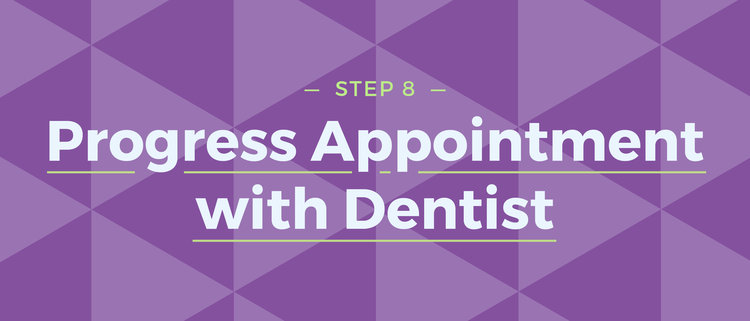
This is the fun part! You’ll get to see exactly how far you’ve come and how much you’ve already achieved. Your dentist will take a look at your mouth to make sure everything is as it should be and to see if your attachments need to be adjusted.
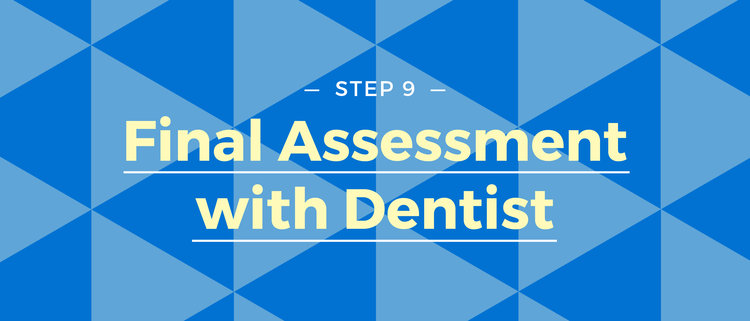
Congratulations! You’ve done it! You’ve followed all of the steps your dentist laid out for you, dutifully changed your trays, and now you’ve got a mouth full of gloriously straight teeth to prove it!
In your final assessment, your attachments will be removed from your teeth and your dentist will cover everything you need to do to ensure your teeth stay put (options will likely include either a fixed appliance or a removable appliance).
Benefits of Invisalign
Still not sure if Invisalign is right for you? Here are some of the amazing benefits you can look forward to:
-
Unlike braces, your Invisalign retainer can be removed to eat, drink, and brush your teeth.
-
Invisalign retainers are transparent and are much subtler than braces.
-
Invisalign retainers are comfortable to wear
-
New retainers are put into place to adjust for the movement of your teeth (meaning you don’t just wear one retainer for the entire process)
-
Invisalign retainers are easy to pop in and out (which is particularly helpful if you have a special occasion coming up).
-
And most importantly, your Invisalign retainers will not affect your speech. Once your mouth has adjusted to the retainer, you’ll be completely lisp free (we promise).
